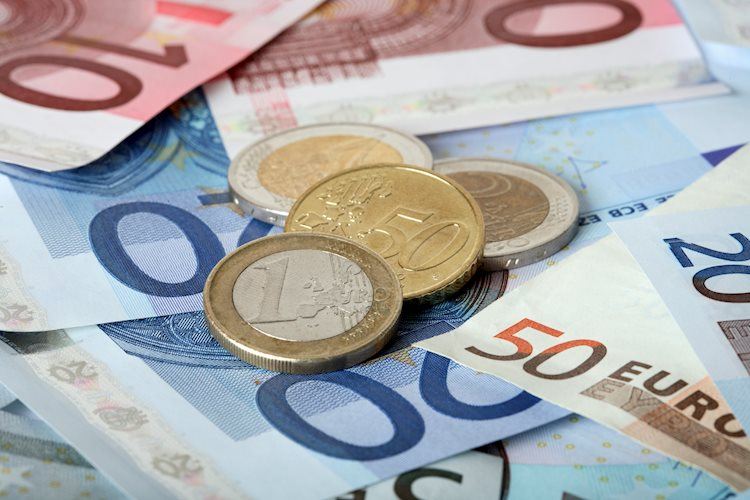EUR/USD should be seeing some improvement as short-dated US rates are on the move again, according to ING’s FX strategist Chris Turner. However, the problem lies in soft short-dated EUR interest rates as the market predicts the European Central Bank cutting rates twice later this year. This aggressive pricing is not in line with Turner’s view that two-year EUR swap differentials will narrow further and provide some support for EUR/USD. The European manufacturing sector is still struggling, compounded by a softer Chinese manufacturing PMI, making the euro less attractive for expressing a bearish dollar view. As a result, EUR/USD is likely to remain supported in a range of 1.0790-1.0850, with hopes for weaker than expected US data to lift the pair.
Despite the challenging economic environment, Turner predicts that EUR/USD will trade near 1.0800 in the short term. The main factor influencing this prediction is the disparity between short-dated US rates moving and soft EUR interest rates due to market expectations of ECB rate cuts. Turner believes that the market’s view on ECB rate cuts is overly aggressive, and he anticipates that narrowing two-year EUR swap differentials will provide some support for the currency pair. However, the ongoing struggles in the European manufacturing sector, combined with a weaker Chinese manufacturing PMI, are limiting the euro’s appeal as a vehicle for expressing a bearish dollar view. With these factors in play, EUR/USD is expected to remain within a certain range for the time being.
Turner points out that the European manufacturing sector is still facing challenges, contributing to the overall malaise in the region. Additionally, a softer Chinese manufacturing PMI adds to the uncertainties surrounding the euro. These factors make it difficult for investors to see the euro as a strong contender when expressing a bearish dollar sentiment. As a result, EUR/USD is likely to stay within the 1.0790-1.0850 range, with any potential support coming from weaker than anticipated US economic data. This highlights the complex interplay of global economic factors that can impact currency pairs like EUR/USD.
While Turner sees potential for EUR/USD to trade near 1.0800 in the short term, he acknowledges the challenges posed by the European manufacturing sector’s ongoing struggles and the softer Chinese manufacturing PMI. These factors create a less favorable environment for the euro as a preferred option for expressing a bearish dollar view. Despite this, Turner believes that two-year EUR swap differentials will narrow further, offering some support for EUR/USD. The currency pair is expected to remain within a certain range for now, with hopes for unexpected weakness in US data to potentially provide a boost.
In conclusion, EUR/USD is facing a mix of challenges and potential support factors in the current economic landscape. While short-dated US rates are on the move again, soft EUR interest rates and persistent struggles in the European manufacturing sector are hindering the euro’s appeal. Nevertheless, Turner remains cautiously optimistic about the potential for EUR/USD to trade near 1.0800 in the short term, with narrowing two-year EUR swap differentials offering some support. Overall, the currency pair is expected to stay within a specific range, waiting for external developments, such as softer than anticipated US data, to potentially drive any significant movements.


























